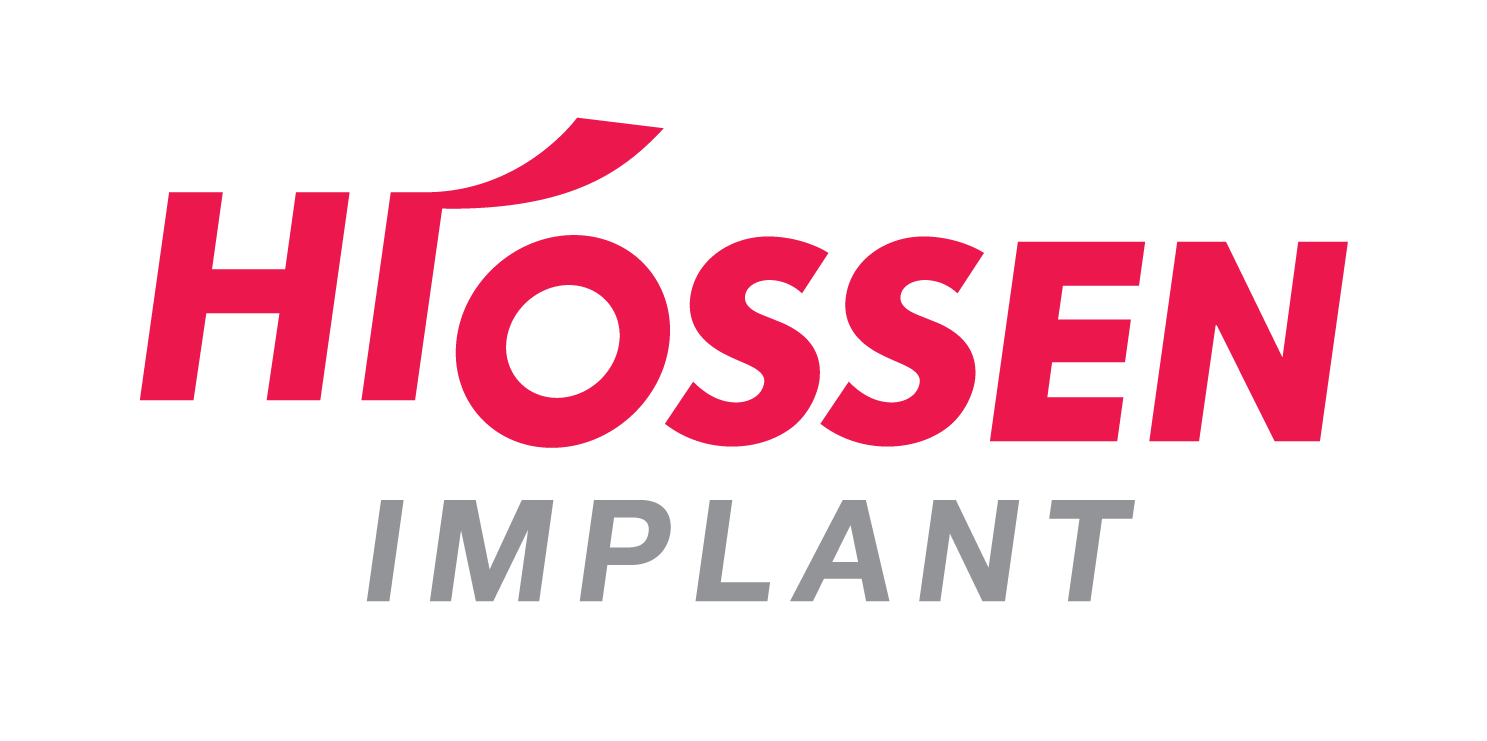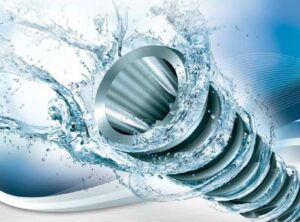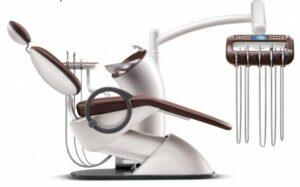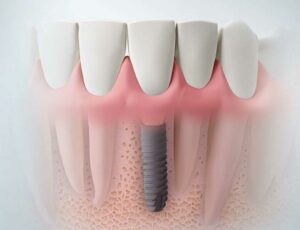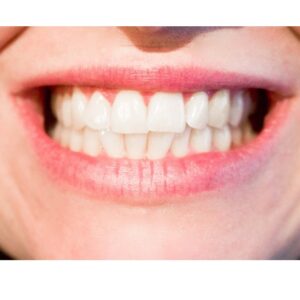Dental clinicians know that one of the fundamental concerns involved in dental implantation is to maintain optimal bone around the implant. This requirement is one of the most critical factors contributing to the implant’s long-term success, along with the quality and stability of the soft tissue interface. A new concept called dental implant platform switching, or platform shifting, has been shown to help prevent crestal bone loss. It also increases the amount of soft tissue around the implant, which improves the aesthetic result of the procedure.
Dental Implants and Early Crestal Bone Loss
In the first year after a dental implant is put in place, bone loss occurs around the implant, called early crestal bone loss. This loss happens before occlusal loading — the force the jaw applies when closing to a dental implant during chewing and biting. Factors that contribute to this loss include:
- Condition of surrounding teeth.
- Condition and quality of soft tissue.
- Volume and quality of crestal bone.
- Implant design.
- Augmentation procedures done to prepare for the implant.
- Long-term implant care routine.
- Adherence to post-surgery care instructions.
- Irrigation time at the procedure site.
Dental implant platform switching helps prevent crestal bone loss, promoting the implant’s stability and ensuring its long-term success.
What Is Platform Switching in Dental Implants?
Platform shifting involves the use of an abutment that’s smaller in diameter than the implant platform it’s attached to. Although dental implant platform switching has been gaining new attention recently, the idea developed over 25 years ago when it was discovered accidentally in 1991.
Implant components were not always commercially available in the same diameter, so clinicians used narrower abutments instead. When follow-ups were conducted on these platform switched dental implants, surprising benefits to the overall oral health of the patient were discovered — namely that less crestal bone remodeling happened when these smaller abutments were used.
How Platform Switching Works
Studies on platform switching have discovered that there is less crestal bone remodeling when small abutments are used in large implant sites. It works due to biological width. Biological width is about 2 millimeters (mm), which is the required distance between the junctional epithelium and the crestal bone. Platform switching creates a mesial component, allowing the marginal bone to remain on an upper level.
When this type of connection is used, the perimeter of the place where the implant and abutment join shifts inward. This shift away from the outer edge of the implant platform positively affects crestal bone height, preventing loss. It’s believed that when dental implant platform switching is utilized, it changes the biological process that occurs post-restoratively because inflammatory infiltrates are moved away from the crestal bone, preventing bone loss. This observation has led many to embrace the philosophy of platform switching.
Benefits of Platform Switching for Dental Implants
Dental implant platform switching is gaining popularity because of its proven benefits. Multiple studies have shown that using this procedure improves the short-term and long-term viability of oral implants for a couple of different reasons:
- Crestal bone preservation: Although osseointegration is essential to a successful dental implant, the bone material to which it’s attached needs to be maintained so that the implant will keep its integrity. Progressive bone loss dramatically reduces the survivability of the implant. Platform switching improves crestal bone preservation and allows for greater implant stability.
- Soft tissue maintenance: The soft tissue around dental implants is vital for its aesthetic qualities, as this tissue allows for the implant to appear more natural. However, soft tissue is also essential because it acts as a protective barrier, preventing microorganisms from harming the underlying bone. Platform switching increases the volume of soft tissue that remains around the implant platform. Bone loss often leads to loss of soft tissue, so when crestal bone is preserved, soft tissue is gained.
These two major benefits have been confirmed in several studies and reviews done on the procedure, which shows that platform switching improves bone preservation and ensures a more aesthetically pleasing result.
Hiossen® Implant Is Your Source for High-Quality Products
Whatever dental implant technique you use, Hiossen Implant wants to be your source for advanced products, continuing education and one-on-one services. Our dental implants and equipment are manufactured to the highest standards under strict quality control conditions, making them a safe, effective solution that will last for years.
Contact us today by finding a representative near you or calling 888-678-0001 to learn more.
